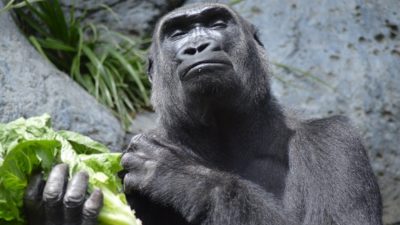The evolution of a vegan
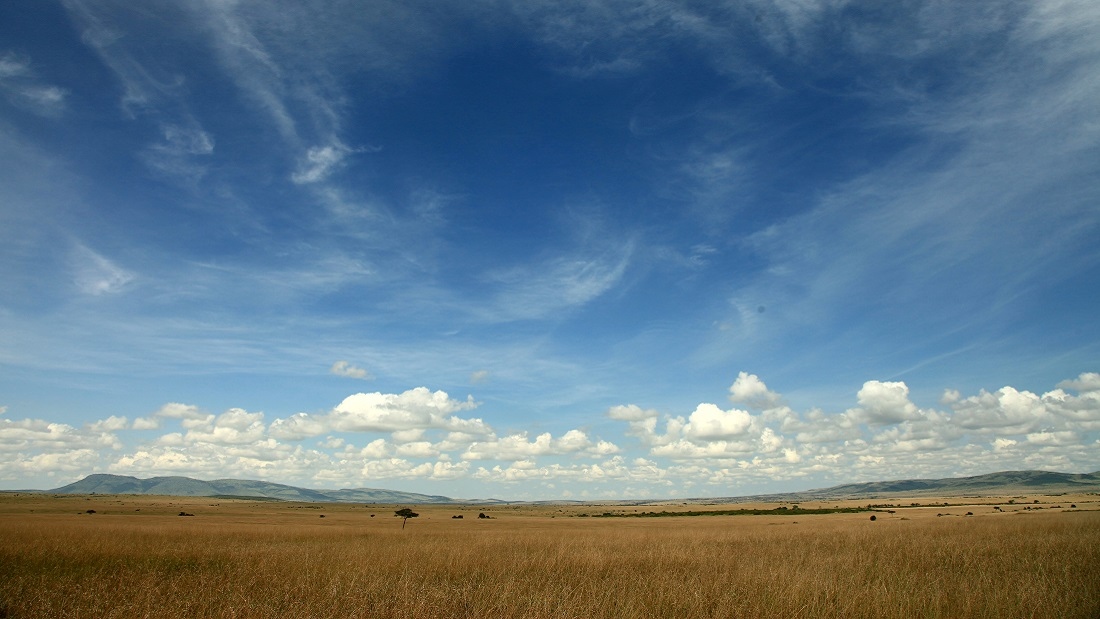
One of the most pervasive myths surrounding veganism is the belief that humans are naturally meant to eat meat – that we are evolutionarily adapted to eat and thrive on dead flesh. The evidence presented in these pages knocks this myth firmly on its head. Human beings belong to the primate family and the primate family is essentially a vegetarian one. Our closest living relatives such as chimpanzees and gorillas live on a diet of foods overwhelmingly derived from plants, and we ignore our evolutionary past at our peril. Indeed we are already seeing the dangers of dismissing what evolutionary studies show us we should be eating – plants, not animals – with the growing epidemics of killer diseases such as cancer, heart disease, obesity and diabetes which are now occurring in almost every corner of the planet.

We’re wheat-eaters, not meat-eaters
Basic anatomical comparisons show that people have much more in common with herbivores than carnivores – or even omnivores! Just a look at an adult’s mouth – let alone a child’s – shows that the opening is too small for anything but relatively small pieces of food. We can’t even swallow those whole, but must chew them finely and mix them with saliva before the ball of food will slide down the oesophagus. If too large a piece is swallowed, it can lodge over the windpipe and prevent the air from getting to our lungs. Because we are so poorly equipped to chew and swallow meat, choking is common in populations that eat a typical Western diet. Thousands die each year from choking on food, usually meat products.

On the tips of our tongues are sensors, designed to seek out sweet-tasting foods – carbohydrates (sugars). While plant foods are full of carbohydrates, there are essentially none in meats of any kind (except for a small amount of glycogen). Carnivores’ tongues have no carbohydrate sensors – they have no need for them. Instead, carnivores’ taste buds are pleasantly stimulated by animal proteins (amino acids).1Li X, Li W, Wang H et al. 2005. Pseudogenization of a sweet receptor gene accounts for cats’ indifference toward sugar. PloS Genetics. 1 (1), 27-35.
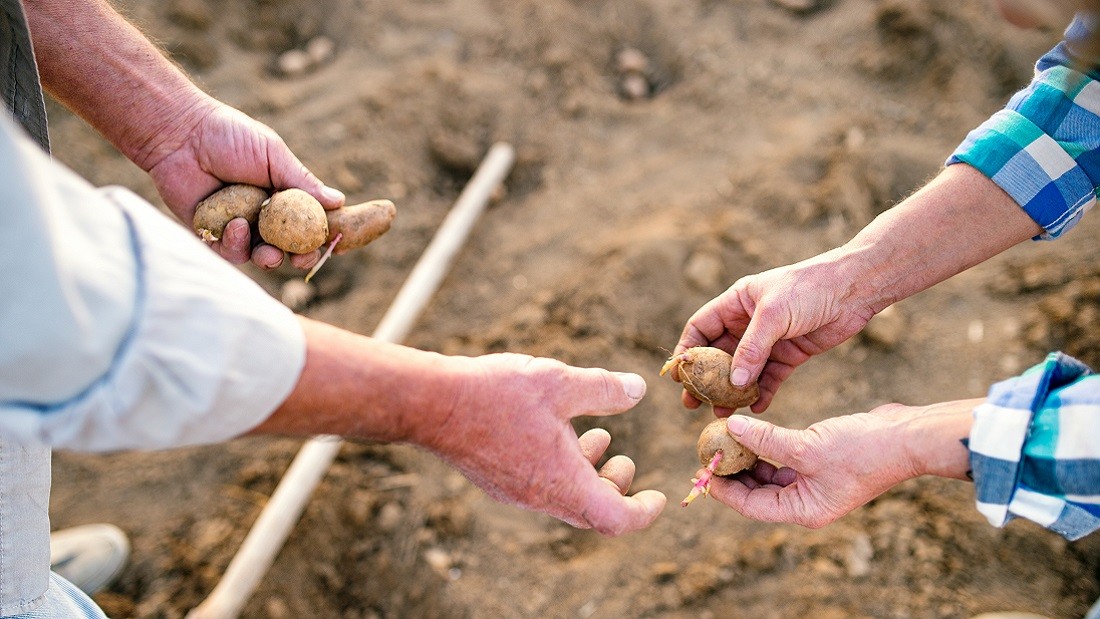
We have eaten plant foods throughout our evolution. This has shaped our current nutritional requirements. Our evolutionary diets would have been high in fibre, vegetable protein, plant sterols and other protective ‘phytochemicals’, and low in harmful saturated and trans fats.
Fruits, green leafy parts of plants, shoots, seeds, nuts, roots and tubers are the fundamental components of the primate eating pattern – and common sense tells us that these foods should be the foods that humans eat, too.

Chimpanzees have been observed eating meat, which some people suggest indicates that humans evolved to eat meat. This behaviour was first recorded by primate expert Jane Goodall whose work revealed that although their diet is mainly plant-based, chimpanzees sometimes hunt for meat. The group of chimpanzees she studied were observed over years, so the amount of meat eaten and the number of animals killed could be monitored.
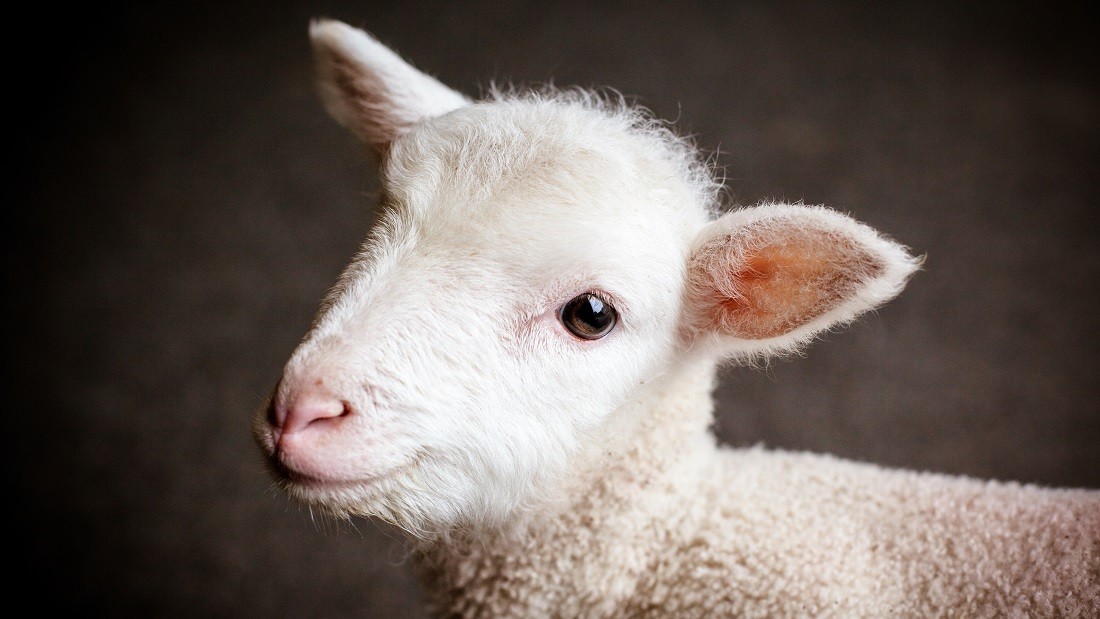
While many people are repelled at the thought of consuming fresh meat (especially something unfamiliar such as kangaroo, rat or cat), most don’t react so negatively to any fruits and vegetables – even unfamiliar varieties. Most people would be nowhere as reluctant to try, and to enjoy, unfamiliar fruits for the first time – even something such as a star fruit from the tropics. Natural instincts cause people to be drawn to fruits and vegetables.
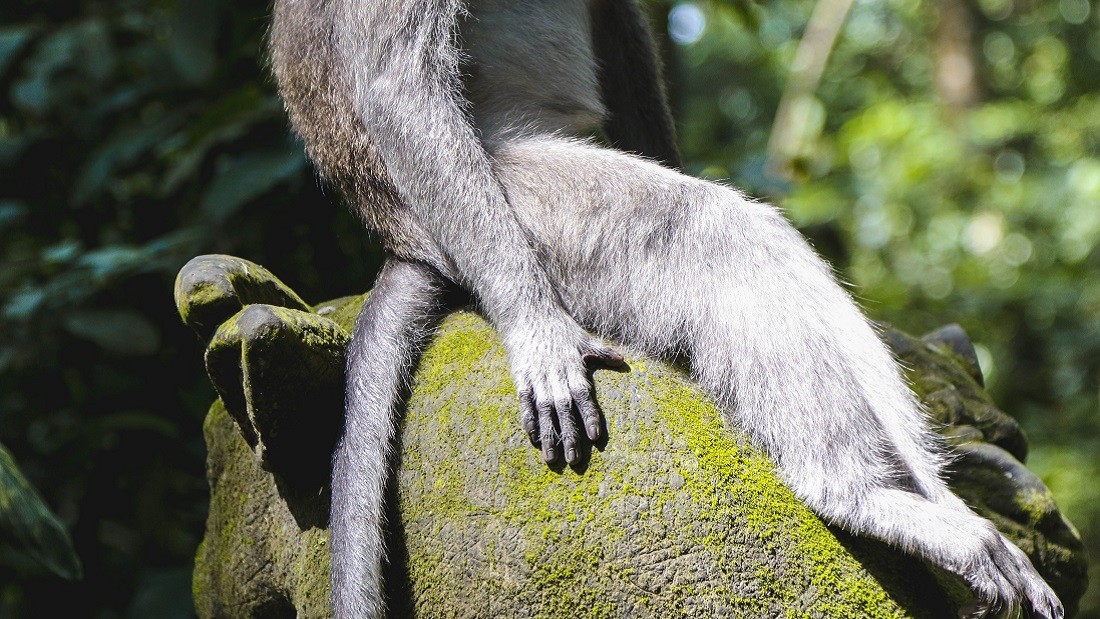
Sixty million years ago the lower primates first developed – the mammals from which we all sprang. So much of what makes us skilled as mammals was developed at this time. The change from clawed paw to a hand that grips was invaluable for picking objects up and for using sticks and stones as tools. Our vision became stereoscopic as the eyes moved from the side of the face to the front. These overlapping visual fields produced the ability to see in depth – vital to identify predators from a distance.

Brain expansion almost certainly could not have occurred until hominids adopted a diet rich enough in calories and nutrients to meet the associated energy costs. And cooking food does just that. Once plants foods are cooked, they become easier to bite and chew. This means that more energy (calories) can be obtained per minute of eating, and hence more calories can be gained per day. This is particularly true for starchy tubers such as potatoes.

Meat-eating began only in the last one-and-a-half million years. Contrasted with the life of an 80-year-old human being it means that only in the last 15 years would meat have been eaten. For 65 years we were vegetarian. This has huge significance for our health today.
Research already shows us that well balanced plant-based vegetarian and vegan diets supply not only all the nutrients that the body needs but also reduce the risks of many degenerative diseases such as heart disease, some cancers and obesity. Diets based on fresh fruits and vegetables, wholegrain foods such as wholemeal bread, plant protein sources such as beans, along with fresh nuts and seeds are the healthiest of all diets. The reason? It is the diet most similar to the diet of our evolution.
For the greater part of our recorded history, however, meat was the prerogative of the gods and the powerful. From the very beginning meat has meant power. Wealth was measured in head of cattle and wealth meant power and influence in the community. The more meat you ate the more you showed everyone else how well you were doing – it was (and still is in many parts of the world) the gustatory equivalent of the mink coat.
Humans are naturally vegetarian and we ignore, at our peril, our vegetarian primate ancestry. One of the world’s leading experts on diet and health – Professor T. Colin Campbell – believes that the closer we approach a totally plant food diet, the greater the benefit to our health.
Professor Campbell should know a thing or two about this – he’s been studying health and nutrition for well over 40 years and has changed his diet to a vegan one based on the findings of his work! Professor Campbell’s thoughts are echoed by William Roberts, one time editor-in-chief of the American Journal of Cardiology who states that: “Although we think we are one and we act as if we are one, human beings are not natural carnivores. When we kill animals to eat them, they end up killing us because their flesh, which contains cholesterol and saturated fat was never intended for human beings, who are natural herbivores.”
The sooner we ditch the ‘meat maketh man’ myth the better for our health. We were never meant to eat meat, our bodies are not designed to eat flesh and our health is suffering because of it. Once we exclude animal products from our diets our own health, our planet’s health and the lives of billions of animals will be better for it. Only then can we really claim to be an intelligent ape.




